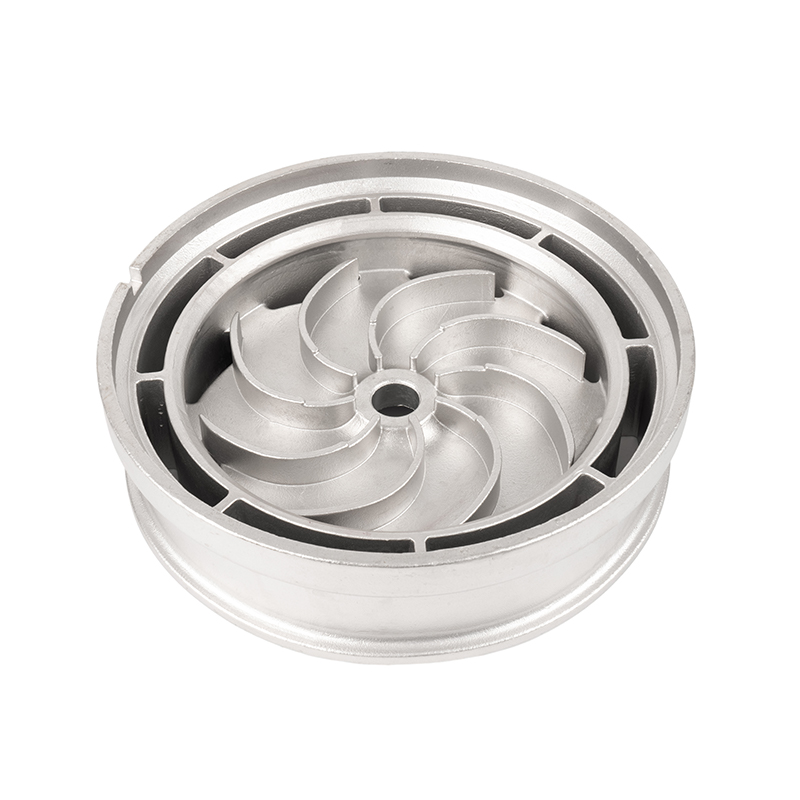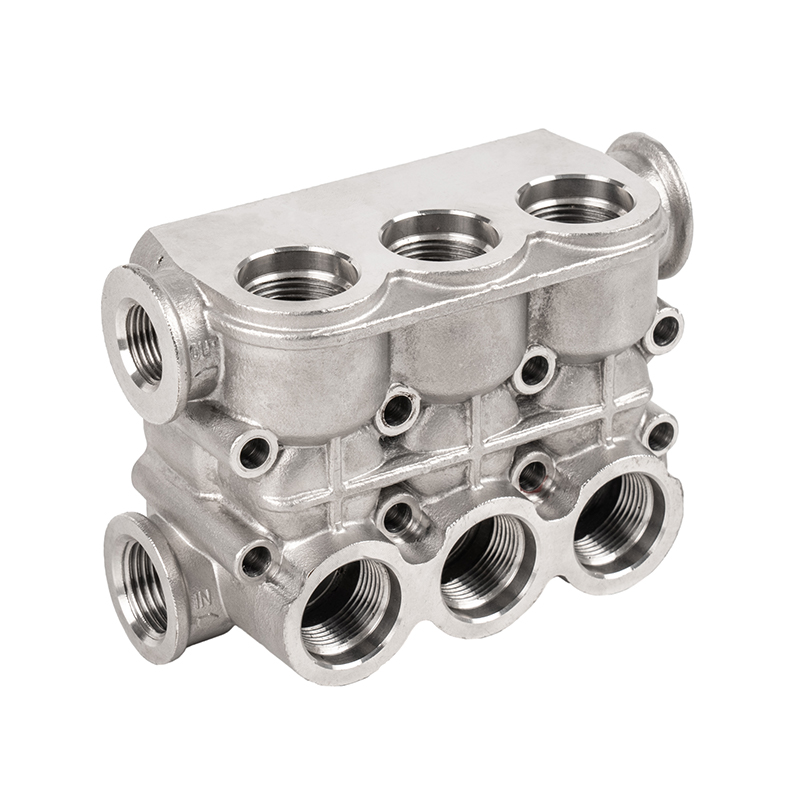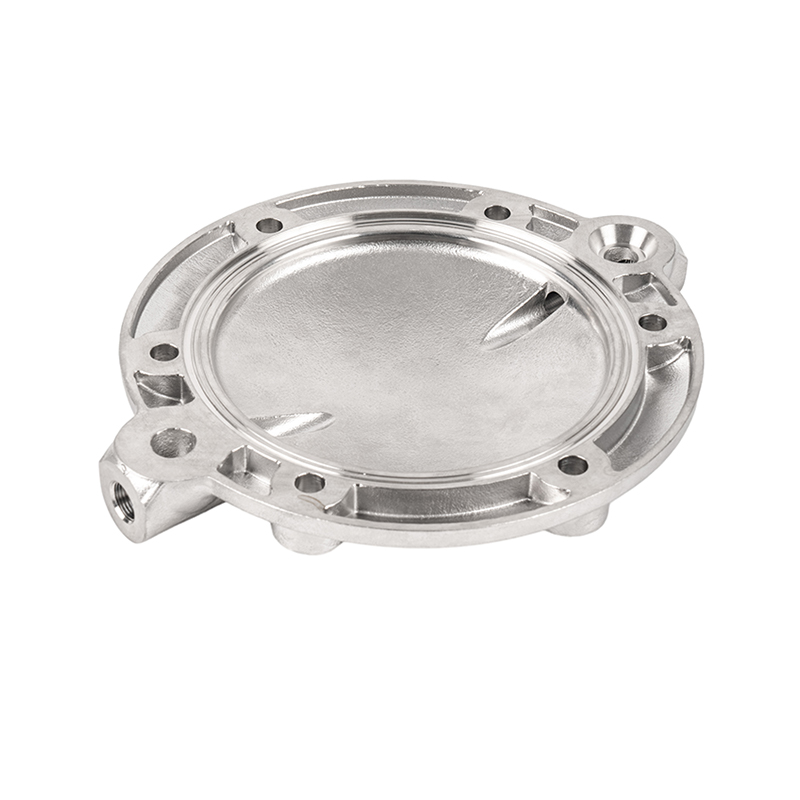How to solve cracks in pneumatic mechanical castings
In the process of pneumatic mechanical casting, cracks are a serious and complex defect. Its impact is not only reflected in the appearance quality of the castings, but also significantly reduces the mechanical properties and durability of the castings. In extreme cases, cracks may cause castings to break in practical applications, leading to major safety incidents. Therefore, it is particularly important to have a deep understanding of the crack formation mechanism and its preventive measures.
Analysis of the causes of crack formation
The occurrence of cracks is closely related to a variety of factors, including the following aspects:
Stress concentration: During the solidification process of the casting, stress concentration will occur inside the casting due to temperature gradients, phase changes and inhomogeneity of the mold shape. When this stress exceeds the tensile strength of the casting, cracks can form.
Hot cracking: Hot cracking generally occurs in the later stages of solidification of castings. At this time, the temperature gradient inside the casting is large, causing uneven shrinkage of various parts, thereby generating thermal stress and causing cracks. In addition, the presence of certain elements (such as sulfur, phosphorus, etc.) in the alloy will also increase the risk of hot cracking.
Cold Cracking: Cold cracking usually occurs when the casting cools to or near room temperature. At this time, there may be residual stress or accumulation of harmful elements such as hydrogen inside the casting. These factors can lead to the formation of cracks under the action of external stress.
Interaction between the mold and the casting: Factors such as the material of the mold, temperature, lubrication conditions, and heat exchange between the mold and the casting may all affect the occurrence of cracks. For example, if the mold temperature is too high or too low, it may cause cracks in the casting.
Casting process parameters: Process parameters such as pouring temperature, pouring speed and cooling rate during the casting process directly affect the formation of internal stress and temperature gradients in the casting. Unreasonable process parameter settings often lead to greater stress inside the casting, thereby increasing the risk of cracks.
Solutions to crack problems
In view of the above reasons for the formation of cracks, the following measures can effectively reduce or avoid the occurrence of cracks:
Optimize the casting process:
Precisely control the pouring temperature and pouring speed to avoid overheating or undercooling of the metal liquid, thereby reducing the effects of temperature gradients and thermal stress.
Improve the design of the cooling system to ensure uniform cooling of all parts of the casting to reduce the formation of residual stress.
Choose an appropriate casting alloy and avoid materials that are prone to cracking.
Improve mold design:
Choose mold materials with good thermal conductivity and thermal stability to optimize the material and structure of the mold.
Properly design the cooling system of the mold to ensure that the mold temperature is uniform and moderate, thereby reducing the possibility of cracks in the casting.
Strengthen the preheating and heat preservation treatment of the mold to reduce the temperature difference between the mold and the casting, thereby reducing the generation of thermal stress.
Enhance the heat treatment of castings:
Perform appropriate heat treatment on the casting, such as annealing or tempering, to eliminate residual stress inside the casting and improve its organizational structure.
During the heat treatment process, the temperature and time are strictly controlled to avoid the occurrence of new cracks.
Control alloy composition:
Strictly monitor the content of harmful elements (such as sulfur, phosphorus, etc.) in the alloy to reduce the tendency of cracks.
Add appropriate amounts of alloying elements (such as molybdenum, nickel, etc.) to improve the crack resistance of castings.


 English
English Español
Español русский
русский 中文简体
中文简体

















